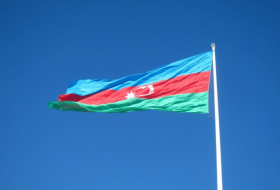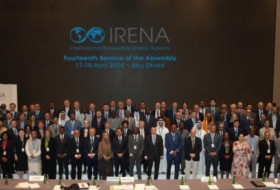Already there is a shortfall of a fifth in wheat supplies, with more than 9.4 million Syrians needing food aid. The situation is especially acute for almost 600,000 people living in besieged and hard-to-reach areas, where they largely rely on delivered food.
The fighting has led to lack of access to land, markets and essential farming materials, such as fertiliser, seeds, veterinary medicines and fuel for machinery. This has also hit Syria’s livestock, which was once exported to other countries.
Now, there are 60% less poultry - which was the most affordable source of animal protein - 40% fewer sheep and goats and 30% fewer cattle, the agencies said, as many herding families have been forced to sell or slaughter their animals.
“Today, we see almost 80% of households across Syria struggling with a lack of food or money to buy food and the situation is only going to become worse if we fail to support farmers so they can maintain their lands and livelihoods,” said Abdessalam Ould Ahmed, FAO assistant director-general.
“Agriculture was the main livelihood for rural households before the crisis and it is still producing to a certain extent, but it is stretched to the maximum and farmers have largely exhausted their capacity to cope,” he said.
Muhannad Hadi, the WFP’s regional director, said: “The food security situation of millions of people inside Syria continues to deteriorate with people having exhausted their life savings and no longer able to put food on the table for their families.”
The agencies’ officials visited Syria in June and found just 900,000 hectares of wheat had been planted in the previous year, compared to the 1.5m hectares planted a year before the war began. Low rainfall and the destruction of irrigation systems has made matters worse, the agencies said, with some farmers switching to hardier but less nutritious crops such as barley.
Previously, the government was able to distribute high-quality seeds at subsidised prices, but now many farmers are forced to deplete their seed stocks, borrow from relatives and neighbours, or purchase expensive seed from the market.
The conflict, and lack of fuel, makes transport difficult, meaning available food in the north-east of Syria cannot be taken to the west, where people largely rely on imports.
Some action has been taken, with the FAO supporting more than 500,000 people so far in 2016 with cereal and vegetable seeds, live poultry, animal feed and vaccination campaigns. In the besieged city of Deir ez-Zor, increased supplies from newly harvested crops and airdrops of food assistance brought down the price of wheat flour by about 15% in June 2016, but prices remain up to 50% higher than in June 2015.
Syria was already in the grip of a long, devastating drought when the conflict began in 2011, which some scientists think was made worse by climate change and contributed to the outbreak of war.
In September, hydrologists and humanitarian groups warned that Syria’s water supplies were deteriorating fast, triggering more migration and disease and stoking a pollution crisis in neighbouring Lebanon.
More about:
















































